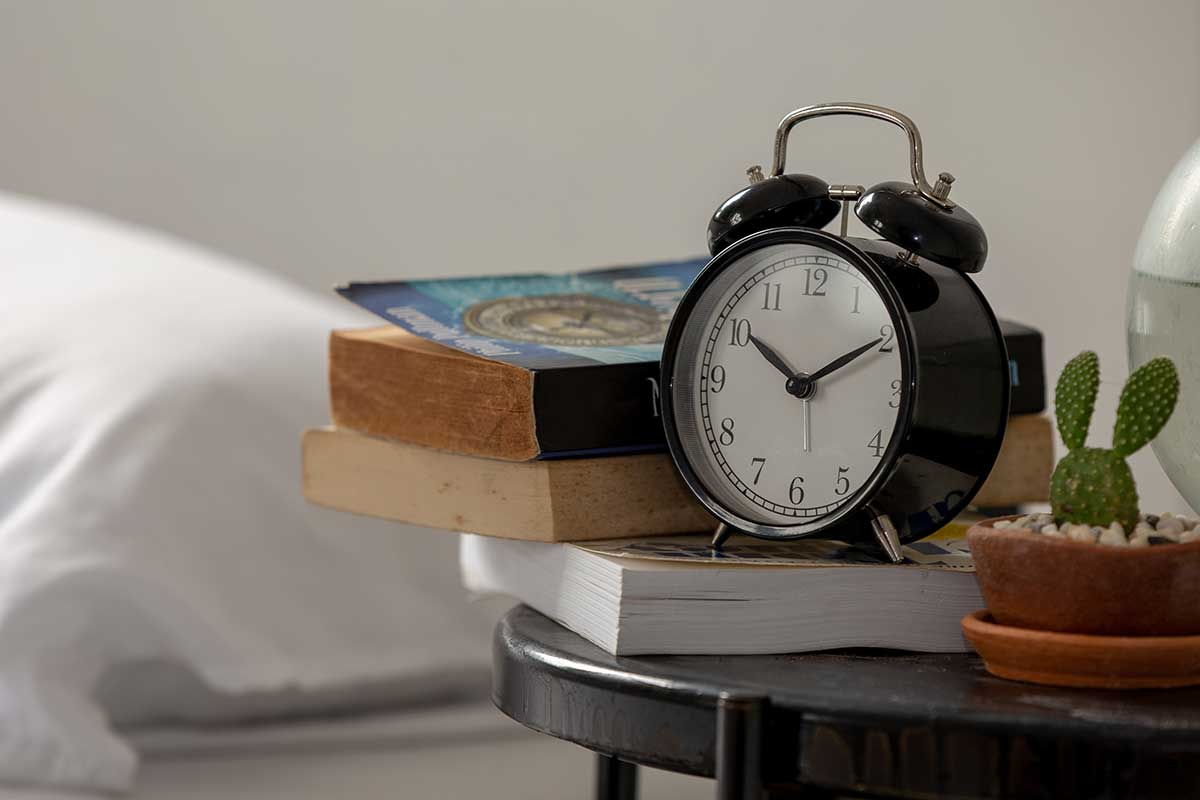Daylight Saving Time begins at 2:00 a.m. Sunday, March 12, and many people dread losing an hour of sleep as they spring clocks forward.
For most folks, settling into new routines after a time change takes several days, but for others, it can be dangerous. One study showed that fatal accidents increase the Monday after a time change.
Adjusting to the change can be hard, but a few tips from The Old Farmer’s Almanac can help, such as:
Get enough sleep. Even though it might be tempting to stay up later to make use of the extra daylight, going to bed at the same time can help you stay energized. So can getting about eight hours of sleep before and after the transition.
Wind down before bedtime. Turn off the TV and put away the phone, tablet or computer about an hour before going to bed. Those electronics emit light that stimulates the brain and hinders melatonin production. Turning them off also helps cut back on electricity use.
Establish a healthy dinnertime routine. Don’t change your dinnertime to adjust for the time change. Eat at the same time or earlier a few days before and around the time change.
Get some sunshine. Light from the sun helps regulate the body’s internal clock, so go outside in the days after the time change and get some sunshine. Using an alarm clock with a light can help you wake up more easily, too.
Sneak in a nap. If you have trouble getting enough sleep at night, take a short nap—about 20 minutes—to help restore your sleep deficit. Ward off sleepiness by going outside and soaking in some sunlight for a few minutes.
Starting the adjustment process a few days ahead of the time change can help you slip into daylight saving time gracefully.


